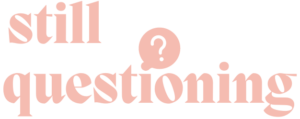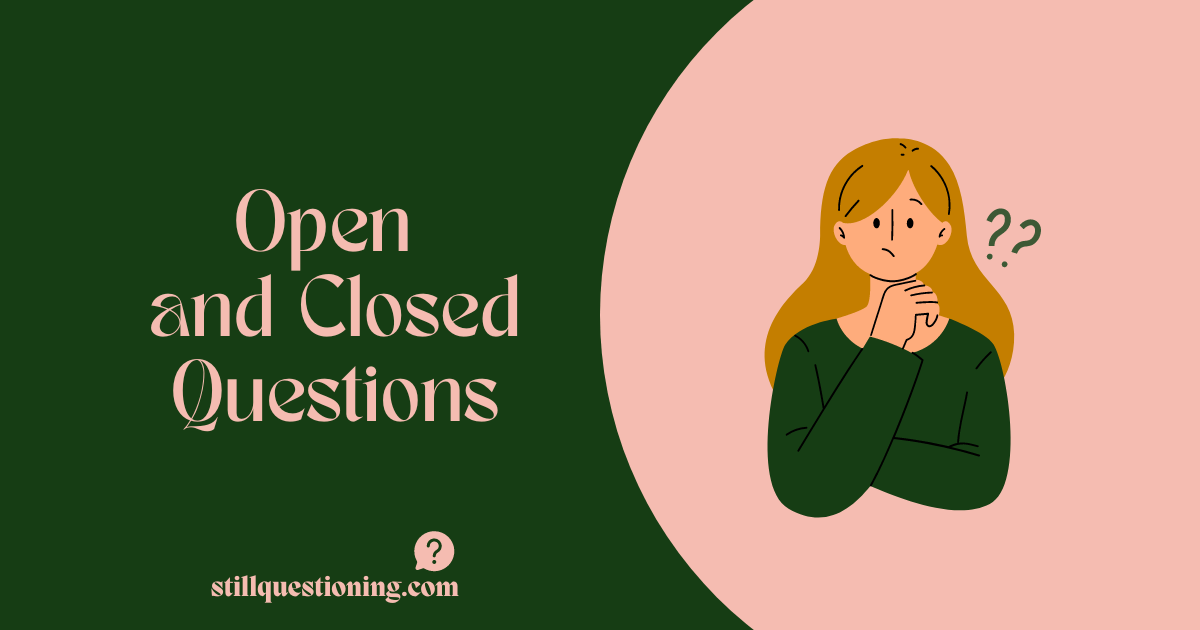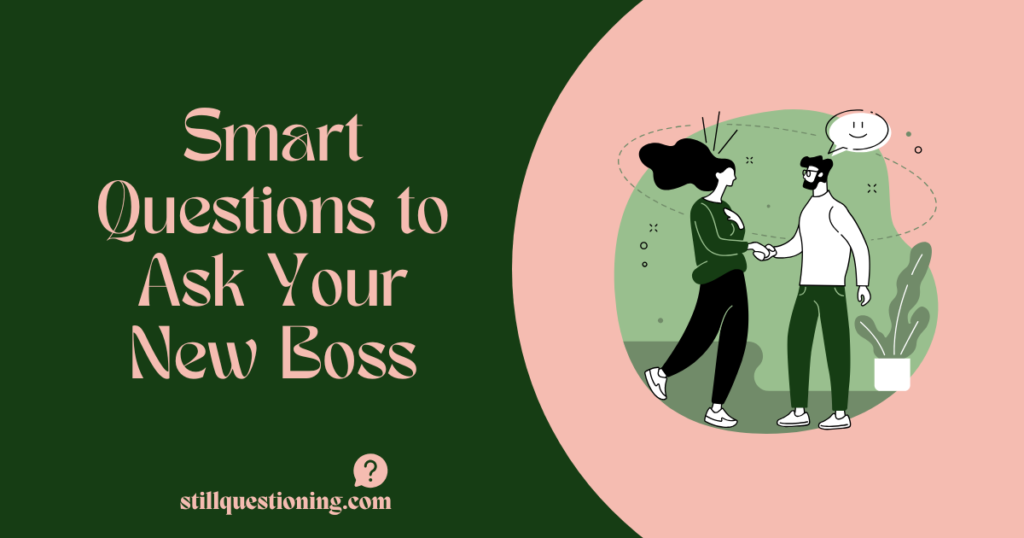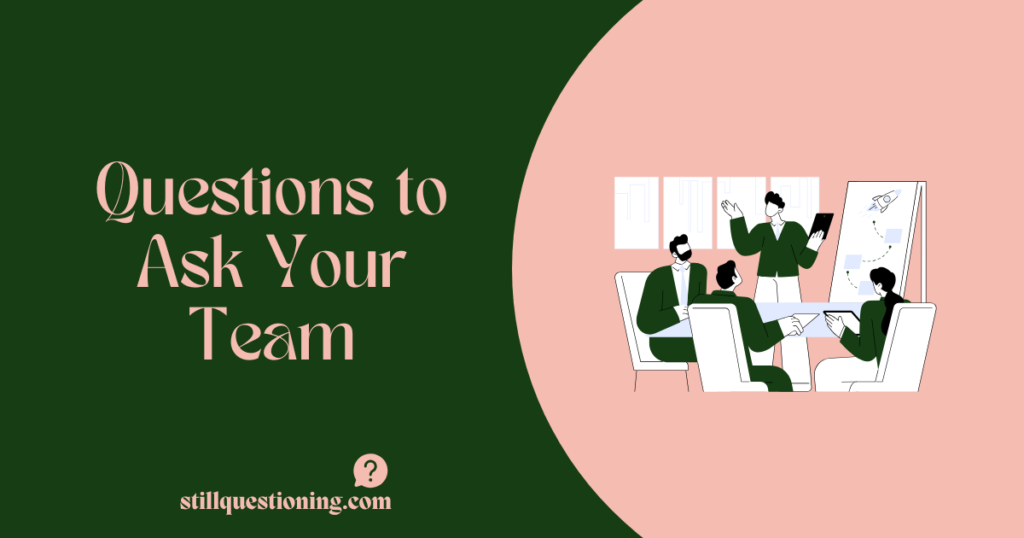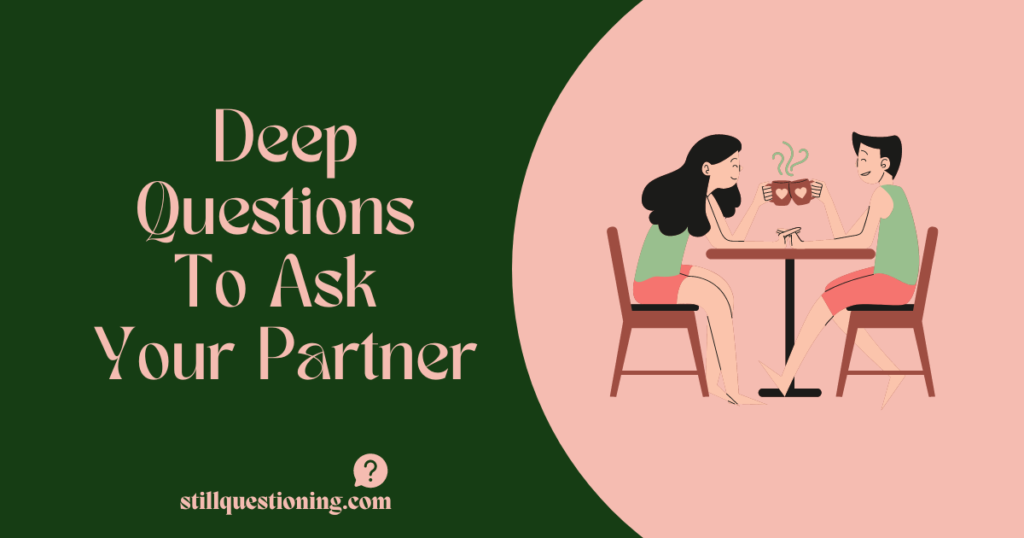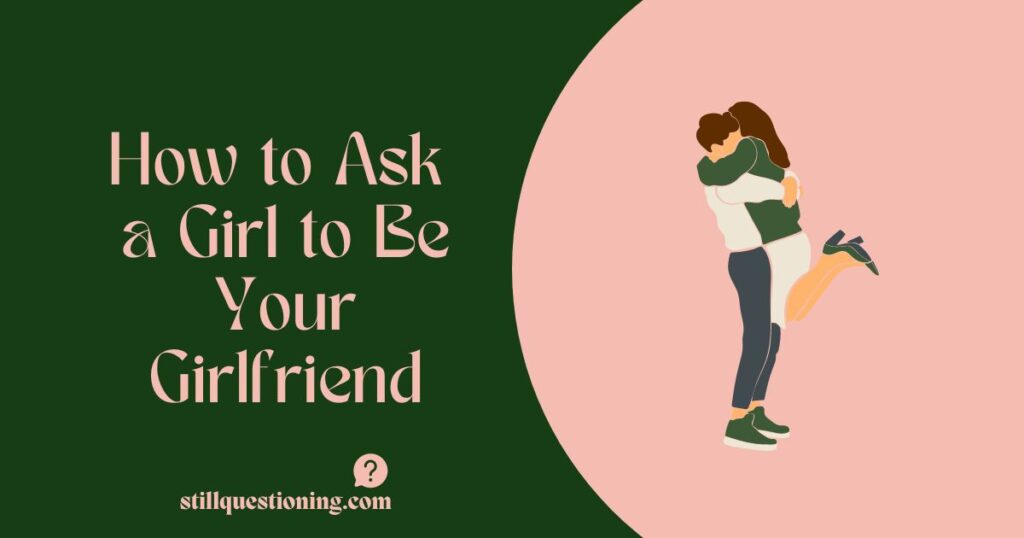Questions are like keys; some unlock the grand doors of knowledge, while others, well, they just open the tiny mailbox. In the world of questions, we’ve got two MVPs: Open and Closed Questions. Let’s dive into their world, but beware, it’s deeper than asking your cat why it stares at you weirdly.
Table of Contents
What’s in a Question?
The Tale of Two Questions
Imagine you’re at a party. You see someone new and think, “Ah, a potential friend or awkward silence generator?” You go for it and ask, “Do you like music?” They say “Yes.” End of story. That, my friends, is a closed question. It’s like asking your smart speaker something; you get a straightforward answer.
Now, let’s rewind. You ask, “What kind of music moves your soul?” And boom! You’ve opened a Pandora’s box of conversation. That’s an open question. It’s like giving someone a blank canvas; they can paint whatever picture they want.

Closed Questions: The Quick-Fixers
Characteristics
- Short Answers: Yes, no, 42, Thursday… you get the gist.
- Specific: Like a laser beam, they focus on a particular point.
- Easy to Analyze: Great for surveys where you don’t want to read an essay on why someone likes their toaster.
When to Use Them
- Clarification: “Did you eat the last cookie?”
- Quick Decisions: “Should we order pizza?”
- Factual Information: “Is your name really Bob?”
Pros and Cons
- Pros: Quick, to the point, easy for yes-or-no dilemmas.
- Cons: Not great for heart-to-heart talks. It’s like using a teaspoon to dig a swimming pool.
Opened Questions: The Conversation Starters
Characteristics
- Elaborate Answers: Get ready for stories, opinions, and maybe a life history.
- Broad and Inviting: Like an open door saying, “Come in and chat.”
- Qualitative Gold: Perfect for understanding thoughts and feelings.
When to Use Them
- Building Relationships: “What’s the story behind your tattoo?”
- Gathering Opinions: “How do you feel about pineapple on pizza?”
- Explorative Purposes: “What would you do if you won the lottery?”
Pros and Cons
- Pros: Great for deep talks and understanding someone better.
- Cons: Can lead to long, meandering answers. It’s not ideal when you’re in a hurry.
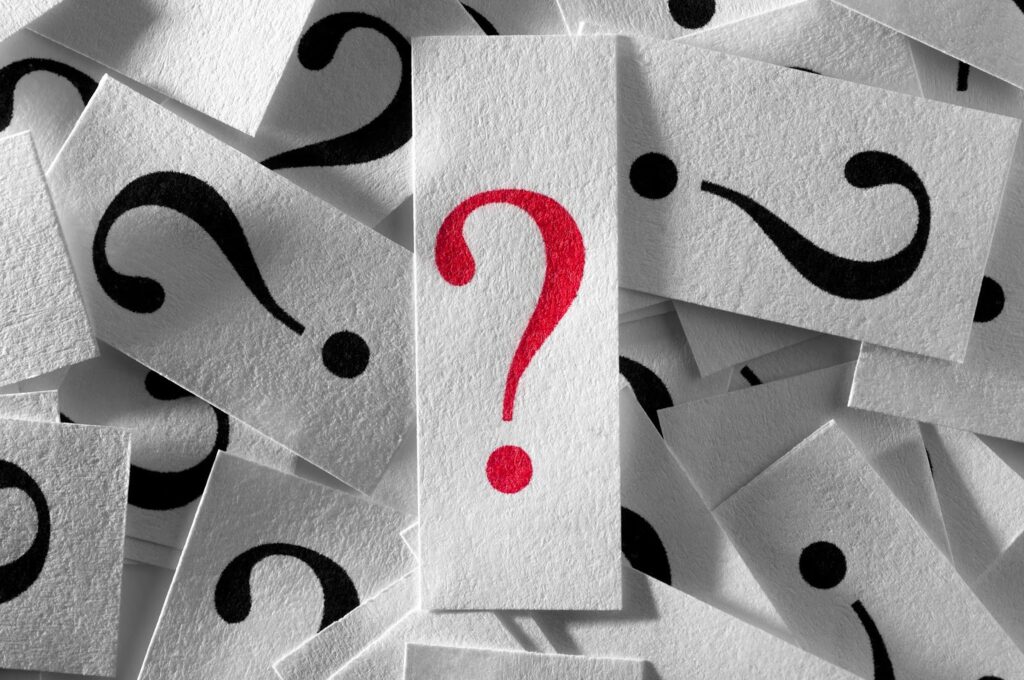
The Right Question at the Right Time
Choosing between open and closed questions is like picking between a hammer and a feather. Both are useful, but you wouldn’t use a hammer to fluff a pillow, right?
In Professional Settings
Imagine you’re a boss. You want to know if your team liked the new coffee machine. A closed question, “Do you like the new coffee machine?” gets you a simple yes or no. But an open question, “What do you think about the new coffee machine?” might reveal that they love it, but they wish it had a hot chocolate option. Insightful, isn’t it?
In Personal Conversations
You’re on a date, and you ask, “Do you like Italian food?” (closed question). They say “Yes.” But ask, “What’s your favourite memory involving food?” (open question), and you might hear a heartwarming story about their grandma’s pasta. You’ve just deepened the conversation and maybe, just maybe, earned a second date.
In Educational Settings
Teachers, you know the drill. Ask, “Is the sun a star?” and you’ll get a chorus of “Yes.” But ask, “Why do you think the sun is important for life on Earth?” and you’ll get a variety of thoughtful responses. It’s the difference between a one-word answer and a lively discussion.
You May Also Like:
- 5+ Key Benefits of Learning by Questions
- Questioning Techniques
- Questioning Techniques for Teachers
- Questions for Higher-Order Thinking
- What Is a Double-Barreled Question?
- Example Of A Rhetorical Question
- What Are Probing Questions?
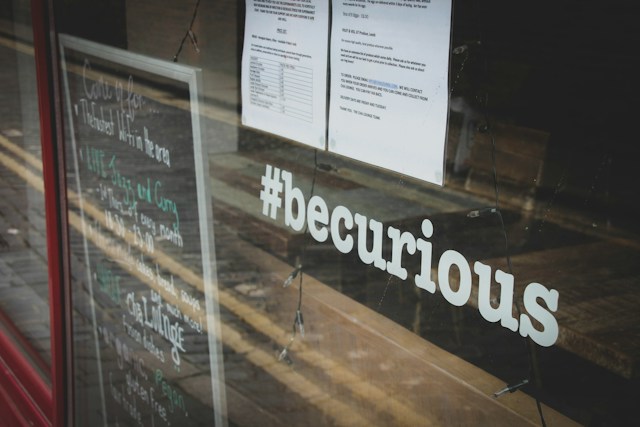
Mixing and Matching Open and Closed Questions
Life isn’t black and white, and neither are questions. Sometimes, the best approach is to mix them up. Start with a closed question to get the basics, then follow up with an open one to dive deeper. It’s like starting with a handshake and moving to a bear hug (metaphorically speaking, of course).
Example in Action
Closed: “Did you enjoy your vacation?” (Yes.) Opened: “What was the most unforgettable part of your trip?”
See the difference? First, you get the confirmation. Then you get the story.
FAQs
Can you give a quick definition of open and closed questions?
Sure! Closed questions are like those quick texts you send, expecting a one-word reply. They typically get a yes/no or other short, specific answers. Think of them as the espresso of conversations – small but potent. Opened questions, on the other hand, are like inviting someone for a coffee chat. They encourage longer, more detailed responses, offering a window into someone’s thoughts and feelings.
When should I use open questions instead of closed ones?
Open questions are your go-to when you want detailed responses or to encourage thoughtful discussion. They’re great in scenarios where understanding feelings, opinions, or detailed information is important – like in interviews, deep conversations with friends, or when trying to figure out why your teenager’s mood changes faster than a chameleon on a disco floor.
Are closed questions ineffective in building relationships?
Not at all! Closed questions are like the appetizers of a conversation; they’re great for warming up or when you need quick, clear information. They’re particularly effective in clarifying points or making decisions quickly. Just remember, relying solely on them can make a conversation feel more like an interrogation than a chat.
How can I make my surveys more engaging using open and closed questions?
Mix it up! Start with closed questions for basic, straightforward information. Then, throw in some open questions for deeper insights. It’s like making a salad – you need the crunch of the lettuce (closed questions) and the zing of the dressing (open questions). Tools like AhaSlides come in handy for analyzing responses. They can create word clouds from open-ended responses, turning boring data into a visual fiesta.
Can open and closed questions be used together effectively?
Absolutely! It’s like using salt and pepper; they just work better together. Start with a closed question for a quick response, then follow up with an open question to delve deeper. This one-two punch can lead to more comprehensive and meaningful conversations.
How can teachers use these types of questions in the classroom?
Teachers, you’re in for a treat. Use closed questions for quick checks of understanding or factual recall. Then, bring in open questions to encourage critical thinking and discussion. It’s like turning your classroom into a mini-university, minus the tuition fees.
Are there any tips for creating effective open questions?
Keep them broad, and avoid leading the answer. It’s like fishing; you want to cast a wide net, not just drop a line in one spot. Think about what you really want to know and frame your question to invite detailed responses. And remember, the goal is to encourage sharing, not to intimidate.
Can open questions be too open?
Yes, they can. If your question is too broad, it’s like asking someone to find a needle in a haystack. You might get rambling responses or confused looks. Aim for clarity with a touch of openness, like a well-lit path through a forest, not a plunge into the wilderness.
Do cultural differences impact how open and closed questions are perceived?
Definitely, in some cultures, open questions can be seen as intrusive, while in others, they’re the norm. Similarly, the use of closed questions can vary in acceptability and interpretation. It’s like a cultural dance; you have to know the steps and the rhythm of where you are.
Asking the Right Way
Asking questions is an art. And like any art, it takes practice. Remember, the key is in the balance. Too many closed questions, and you sound like a quiz show. Too many opened ones, and it’s like you’re writing a biography.
So, next time you’re about to ask something, take a moment. Think, “Is this a door I want to gently knock or swing wide open?” Your choice of questions can turn a chat into a memorable conversation or an awkward silence. Choose wisely, and happy questioning!
Remember, every great conversation starts with a question. So, still questioning and staying curious!
